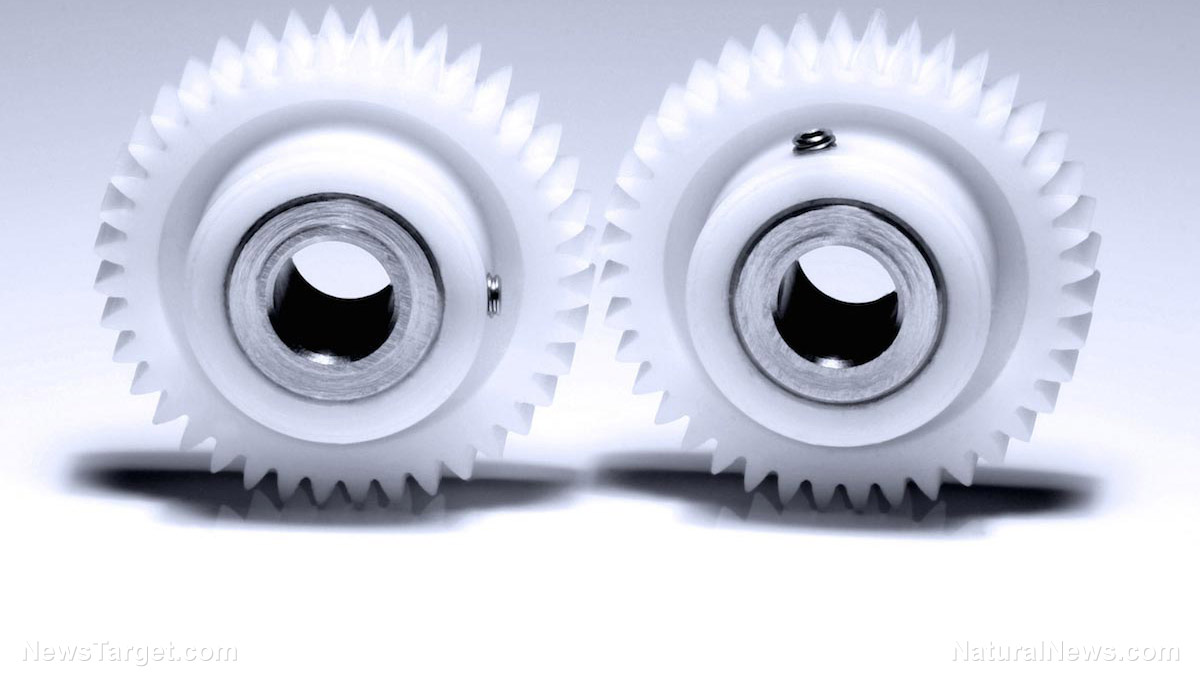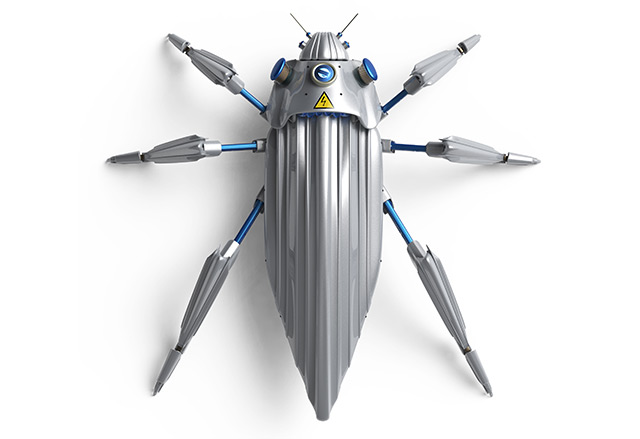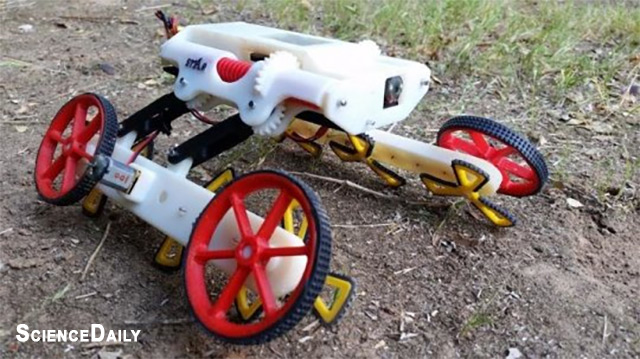We’re one step closer to creating synthetic materials that can heal, contract, or reconfigure themselves
10/22/2018 / By Edsel Cook

American researchers recently unveiled microscopic, self-spinning gears that can assemble themselves into bigger, more complex machines. An article in NewsWise reported that this discovery is a big step toward artificial materials that could repair damage or change their shape.
So what’s so great about tiny gears that can build slightly bigger machines?
Living organisms are very complex biological machines that are made up of very simple organic materials. The ability of these tiny base materials to assemble and interact with each other enables larger and more complicated processes. Take any creature with muscles. If it wants to move a part of its body, it must contract a set of muscles attached to that part.
This muscular movement is enabled by nanomotors, organic devices that are no bigger than individual molecules. Millions or billions of these nanomotors acting in concert can move objects that are many times their size. However, firing off all those nanomotors requires energy. To power their activity, living organisms burn food at a very efficient rate. To get enough food for their activity, the organism must be able to acquire food from somewhere, an ability that is provided by another part of its body. (Related: Future aerogels inspired by the wings of a dragonfly.)
Researchers reveal “a machine made of machines”
Nature can build such complex biochemical machines with no outside intervention. Our most complex machines, on the other hand, must be constructed inside massive factories and complex laboratories.
The machines created by a joint effort of the University of California (UC) and New York University (NYU) is a step toward achieving a measure of self-assembly. The researchers came up with a new way to assemble tiny blocks into small machines that resemble gears.
The blocks are microparticles that are activated by light and able to power their own activities. They can sense light, differentiate between gradients of brightness, and stalk patterns of light on their own with no external intervention from the researchers.
When seven such microparticles hone in on the same source of light, their movements cause them to come together and form a microgear that spins itself. UC researcher Jeremie Palacci calls this self-assembling, self-spinning gear a “machine made of machines.”
In turn, several of these microgears could gravitate toward another source of light, forming bigger machines that follow more complex patterns. Even though the gears are not in direct contact with each other, they are able to synchronize their activity in much the same way that mechanical gears do.
“The gears feel each other and interact through the fuel they consume and the liquid they move,” Palacci explained.
Soft-matter will be able to heal and assemble itself as living organisms do
When enough of the microparticles and microgears condense together, they form what is called “soft-matter.” It is a type of condensed matter where heat or mechanical stress can cause the material to change its shape accordingly.
Palacci’s fellow UC researcher, Antoine Aubret, said that creating this new soft matter only required a specially-designed building block and the right light cues. They did not need to physically touch any of the microparticles.
“Instead of picking the particles one by one, we just superimposed light patterns with our optical setup, and let the particles and rotors do the job,” he remarked.
Aubret added that his team’s new soft-matter material could be further refined. Their goal is to create even more complex systems that can assemble themselves to create useful machines for humans.
If you have grown interested in self-assembling materials, you can find related articles at Discoveries.news.
Sources include:
Tagged Under: goodtechnology, light, machine, machines, materials, materials development, materials research, Matter, microparticles, self-assembling machines, self-assembling matter
















